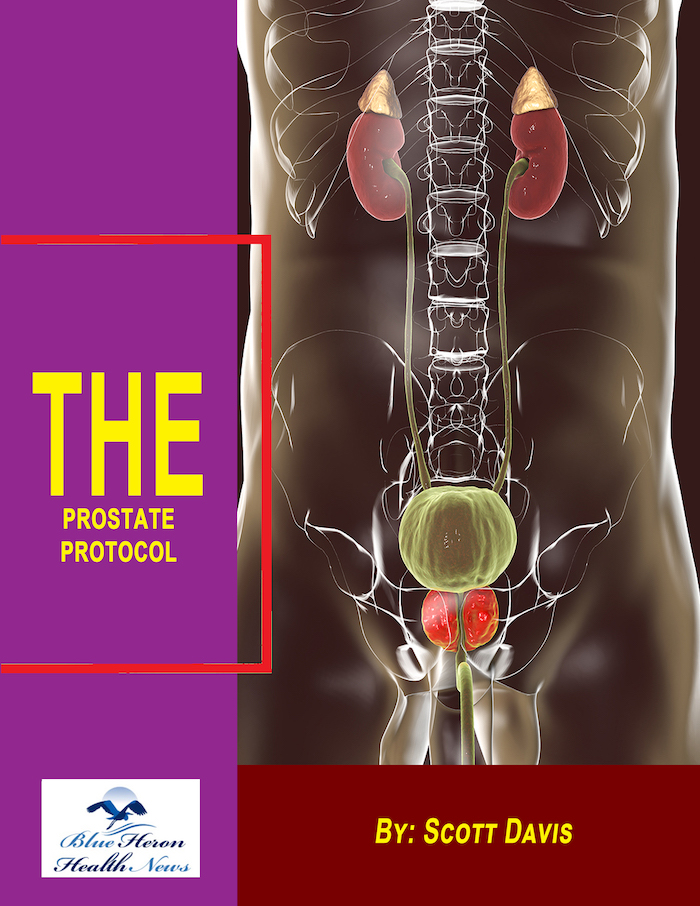
How does a urodynamic test help diagnose prostate enlargement?
How a Urodynamic Test Helps Diagnose Prostate Enlargement
A urodynamic test is a set of diagnostic procedures that evaluate how well the bladder, urethra, and sphincters store and release urine. In cases of prostate enlargement (benign prostatic hyperplasia, BPH), these tests help determine how much the enlarged prostate obstructs urine flow and affects bladder function.
1. Identifying Urinary Flow Obstruction
-
Pressure-Flow Study:
- Measures the pressure in the bladder and the rate of urine flow during voiding.
- A low urine flow rate with high bladder pressure suggests prostate-induced obstruction.
-
Uroflowmetry:
- Records how fast urine flows out of the bladder.
- A weakened or interrupted flow often indicates an enlarged prostate causing urethral narrowing.
2. Detecting Bladder Overactivity or Weakness
-
Cystometry (Bladder Pressure Measurement):
- Evaluates how much urine the bladder can hold and its response to filling.
- Helps identify overactive bladder contractions, common in men with BPH.
-
Post-Void Residual (PVR) Measurement:
- Measures how much urine remains in the bladder after urination using ultrasound or catheterization.
- A high PVR volume suggests the bladder is not emptying fully due to prostate obstruction.
3. Differentiating BPH from Other Conditions
A urodynamic test helps rule out other causes of urinary issues, such as:
- Neurogenic bladder dysfunction (nerve-related bladder control problems).
- Bladder outlet obstruction from other causes (e.g., urethral strictures).
- Overactive bladder unrelated to BPH (causing urgency and frequency).
Conclusion
A urodynamic test provides crucial insights into how prostate enlargement affects urinary function by measuring flow rate, bladder pressure, residual urine, and bladder contractions. This helps doctors confirm obstruction severity, guide treatment decisions, and rule out other conditions affecting urinary health.